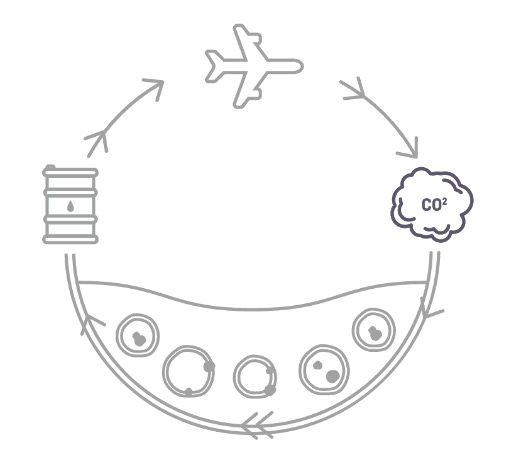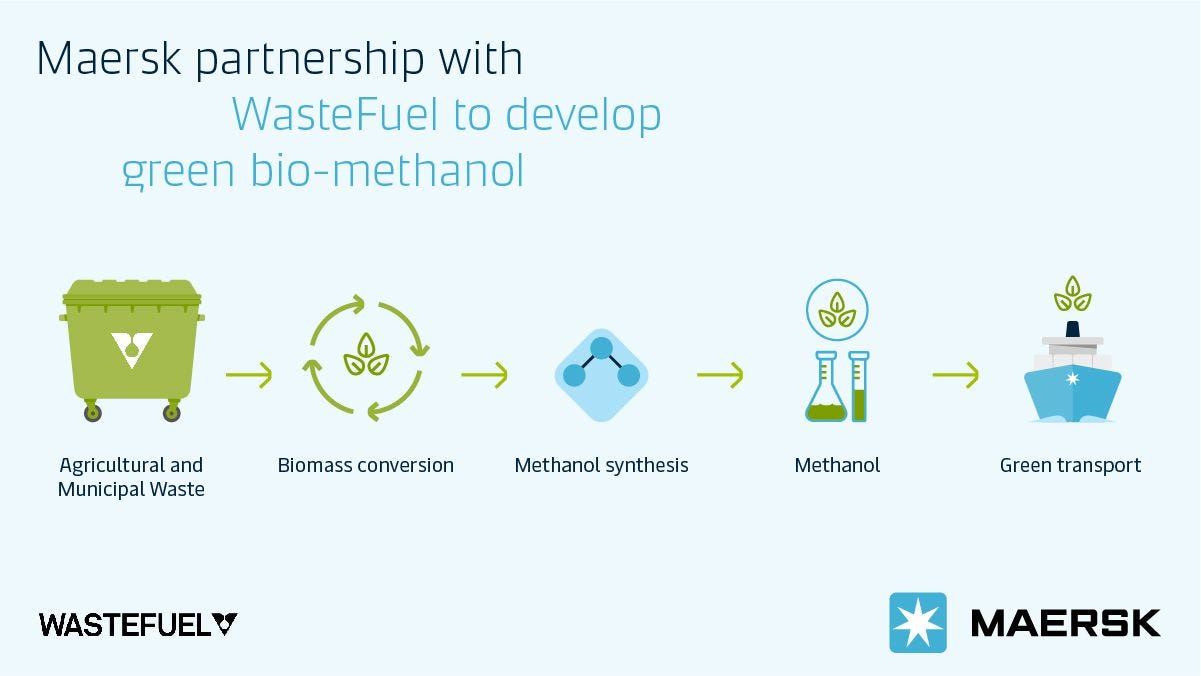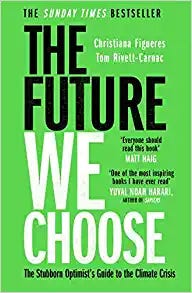It's the most carbon intensive activity an individual can do
Only 10% of the people are doing that, and I am one of them
I am talking about flying.
I just took a 15-hour flight from India to Canada.
I am part of the 10%.
I am part of the problem.
We have this notion that most people fly.
Probably because our entire network of friends and family fall into this 10%.
But a recent study suggests otherwise.
“The air industry and its lobby are keen to portray air travel as a normality, when really one ought to view this as a very unevenly distributed privilege to which few have access”, says Stefan Gössling, professor and tourism researcher at Western Norway Research Institute.
Only 11 % took a flight in 2018.
The same year, only 4 % travelled abroad.
The numbers are pre-pandemic.
The study estimates that only 2-4% of the people travel internationally every year.
And it calls the top 1% ‘super-emitters’.
This includes the likes of Norwegian hotel chain owner Petter Stordalen, Bill Gates, and Hillary Clinton.
Throughout her four years as US foreign secretary, Clinton is estimated to have flown a total distance amounting to 38 orbits around planet Earth.
If you’re flying for more than about 55,000 kilometres a year, you also qualify for this.
And the saddest part is that the poor, who would have never flown, would feel the brunt of this through climate change.
How many hours do you fly every year?
For this week, let’s look at 3 startups that are making aviation less polluting. ⬇️
What are we solving for?… In industries like aviation and shipping, biofuels (fuels made from biomass) are a great alternative for reducing carbon footprint. But a large number of farmlands are used to grow crops to produce biofuels. And these farmlands are created by clearing forests- causing deforestation. So by solving one problem, we are creating another.
A full circle…A sustainable and scalable form of biofuels is made from algae. Algae don’t need farmland to grow. But existing technologies are expensive and extract oil from algae by crushing and killing them. And that’s where Phycobloom comes in. They are making algae biofuels affordable and more convenient to collect, without killing the algae. This fuel can be used to fly a plane, run a ship, or produce plastic.
They use synthetic biology (a field of science that redesigns organisms) to create novel strains of algae.
These algae absorb atmospheric CO2 and convert them into oils.
The oil is released into their surroundings and is collected without harming the algae.
But why algae?… Algae exist at the bottom of every supply chain. Like plants, algae use photosynthesis to remove carbon dioxide from the atmosphere and turn it into biomass and oxygen.
Slow down, please…Global aviation, which includes transporting goods and people on domestic and international routes, is responsible for 2% of the greenhouse gas emissions. If we continue at the same pace, this could go up to ~12-27% by 2050. 40% of these emissions are caused by short-haul flights- the reason why France banned short-haul flights(where alternative train routes are available).
Enter electric aircraft…Heart Aerospace wants the short-haul flights to continue running but in a planet-friendly manner. They are relying on electric aircraft as the solution. They have zero operational emissions, offer a comfortable and quiet flight experience and their maintenance costs are 100 times lower than the turbine-powered aircraft. Heart’s first aircraft, ES-19 is a nineteen-passenger airliner with an operating range of 400 km. It’s an electric STOL (Short Take-Off and Landing) aircraft.
It’s a zero-emission, low-noise aircraft.
It can operate on 750m runways, making it ideal for smaller airports.
The aircraft would be certified for commercial operation by 2026.
The first flyers…They expect their early adopters to be very short flights- think island hopping or flying over mountainous terrain, where it’s easier to fly than taking the road. The ES-19 can be charged in around 40 minutes for an average mission. When their batteries can no longer support the aircraft, they can be used at the airports to store energy.
We can’t continue like this…Aviation and shipping firms have set net-zero targets for themselves. But transporting people and things around the world without harming the planet is no easy task. Especially when the numbers look like this- Annual plane passengers are set to grow to 7.5 billion by 2035.
Solving two problems…WasteFuel is addressing this challenge by transforming waste into renewable fuels. It converts municipal and agricultural waste into low-carbon fuels, renewable natural gas, and green methanol. This waste would have otherwise degraded and released methane into the atmosphere, which is 80 times more dangerous than CO2.
It has partnered with aviation and shipping firms to establish biorefineries that produce sustainable aviation fuels(SAF) from waste.
Their first aviation partner is NetJets, with whom they are building a biorefinery in Manila, Philippines.
At full capacity, it would convert 1M ton of municipal waste into 30M gallons of SAF annually (enough to power 1k 10-hr flights).
The right partner…Global logistics giant Maersk has also invested in WasteFuel to decarbonize its supply chain in the next 10-15 years. Wastefuel is also working on WasteFuel Certified™️, a science-driven certification process that evaluates the sustainability of fuels and the technologies that generate them. This will help consumers understand if the fuels that power their mobility are truly sustainable.
🙋Trivia of the week
Prime Minister Mette Frederiksen announced in his 2022 new year's speech that her country will aim to make all its domestic flights carbon neutral by 2030. The capital of this country is also set to become the world’s first carbon-neutral capital city by 2025.
Which country are we talking about?
📖 A book that I have been reading
The first book that I started reading this year is The Future We Choose.
I have read a lot about how catastrophic the upcoming decades could be if we don’t address climate change.
But I guess I could never visualize them well.
This book helped me do that.
But it also helped me visualize how good it could be if we do the right things.
And it does a great job in highlighting the right things. I found it clear and hopeful.
A must-read if you want to understand how things would shape up in the coming decades, based on the actions we take.
If you liked this edition, please do share it. That would mean a lot😊
Thanks and see you next week😄













I spend about 10 hours in total flying.....Do I qualify to the 1% of super emitters?